The Pastry War is the latest concept from the Clumsy Butcher group. Their ever-burgeoning Houston empire of bars and restaurants includes Anvil Bar & Refuge, Underbelly and The Hay Merchant. Each of their concepts has a distinct identity and mission. The Pastry War is no different.
It’s like a beautiful woman with controversial tattoos who doesn’t really give a damn what you think about her. It stands on principle, carrying no big-brand tequilas and mezcals in favor of those from small (often family-owned) producers. In fact, a chalkboard near the bar proudly declares which brands The Pastry War won’t serve.
Why is this? Small producers make tequila and mezcal with traditional methods. This is important to note because it takes eight to 12 years for an agave heart (the piña) to become mature enough to be harvested. Despite tequila’s growing popularity, the spirit is not conducive to the huge production capacity required of a big-brand product. In large-scale production, traditional production methods are impractical. It could be said that The Pastry War functions as a preserve for endangered tequilas, as small producers have had some challenges over the last several years. The topic is complex and there are some ugly politics involved. (If you’re interested in more details, check out the addendum at the bottom of this article.)
From an aesthetic standpoint, The Pastry War has my vote for “prettiest bar in Houston.” The Mexican-themed space is divided into three sections. The front area is the indoor “porch” — there are lots of plants and some window seats in the sunny greenhouse-like room. Glass fixtures in blue and green hang from the ceiling, and the door and windows are often open, letting in fresh air and light.
The middle section holds the dining room and bar. There is a vibrant mural on one wall by local artist Carlos Hernandez and if you think it’s enigmatic in the photos, you should see it in person. The bar is designed to look like a rustic home kitchen with light blue cabinetry and chicken wire accents. The lights reflect off the shelves of spirits while large baskets of fresh limes (Persian and key), oranges and lemons are functional showpieces.
The back area holds more tables and chairs and two pool tables that are very welcome on this “Block of Fun” at Congress and Main, where new bars keep cropping up. (There’s often a line on Friday and Saturday nights to use the one at nearby Charity Saloon.) Inside the back lounge there’s also half of a Volkswagen. You didn’t misread that, it’s part of the charm.
There are limited (but appropriate) food offerings, as orchestrated by Clumsy Butcher chef Erin Smith. The salsa and queso are still in the process of being tweaked and ranges from really great to okay depending on what night it is. The first time I had the queso, I thought it was a take on the legendary “love it or hate it” Felix Mexican Restaurant queso. The second time I had it, it was thick and kind of bland. I hope the consistency will level out over the next few weeks. Chicken and pork tamales have been added to the menu in the last few days; you definitely want to go for the pork version, which is satisfying and has a nice layer of heat.
My favorite thing on the menu? I prefer to simply order a glass of tequila or mezcal and accompany it with the intriguing sangrita, a small, savory shot that’s a concoction of various pureed vegetables (such as tomatoes and red bell peppers) and spices. Think of it like a tiny Bloody Mary, but even more robust and with no included alcohol. (That’s what the glass of tequila is for, silly.) There’s a verdita as well. The last time I had it, it was cilantro-heavy and almost too thick to drink, so I’ve stuck with the sangrita, which I generally order two at a time.
I’m enjoying myself, having worked my way down the available tequilas, some of which I’ve never heard of. Most are highlands; there are a few lowlands ones that made the grade, such as Fortaleza. It’s my fledgling assessment that highlands tequilas remind me of air and plants, while the lowlands tequila seems more like earth and gentle spice. There’s a big selection of Del Maguey mezcal offerings, as you might expect, but since those are pretty easy to get elsewhere, I’m much more interested in trying the brands that are uncommon, such as 7 Leguas and Charbay.
The Pastry War is independent, thoughtful, fun and will become a refuge for people who approach drinking with the same political awareness that they bring to the dining table. It’s also a place to go if you’re new to tequila and mezcal, as many of us haven’t had a good tequila experience since college and may have never tried mezcal before. Try it and decide for yourself — is it worth a shot?
The Pastry War 310 Main @ThePastryWar
Last night (September 9, 2013) local enthusiasts and novices of agave spirits were invited by Tequila Interchange Project (TIP) president David Suro-Piñera and Ceci Norman to Sundance Cinema for a screening of Viva Mezcal, a documentary that shares the history, love and labor of mezcal, an agave spirit that has been part of Mexico’s culture for generations. (Attendees also were able to try a variety of tequilas and mezcals during the film, which made for a very cool experience.) Not only did the documentary share the process of making mezcal, but it also touched on an issue that distillers in Mexico have been faced with in recent times, NOM 186, a law that the Mexican government wanted to pass that would ban any non-tequila distiller from using the word “agave” to describe their product, even though tequila isn’t required to use as much agave as mezcal.
NOM 186 was overturned in response to petitioners, academics and activists, but now rule-makers are trying to break the different parts of what made up the NOM186 proposal into small, separate rulings. Traditional and craft mezcal producers have many challenges ahead of them. The Tequila Interchange Project focuses on keeping small-batch traditional mezcal alive in Mexico, as it is an endangered spirit. The film, Viva Mezcal, was enlightening and eyeopening. If you’re a fan of cultural documentaries and spirits, check it out — a snippet of the film can be found here. And, in the full length version of the film, you just might spot a Houstonian who is well-known for his influence on our bar scene. Below are some movie stills of the traditional, hand-crafted method of making mezcal in Mexico. –-Taylor Byrne Dodge

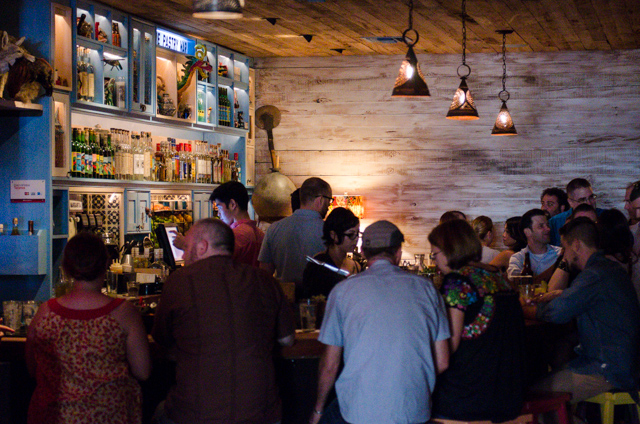
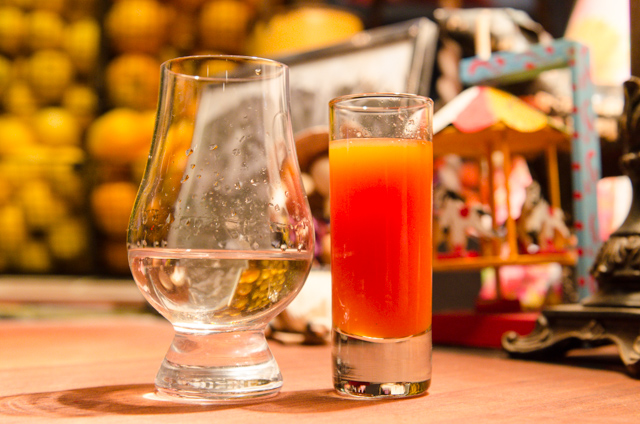
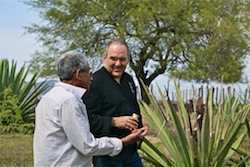
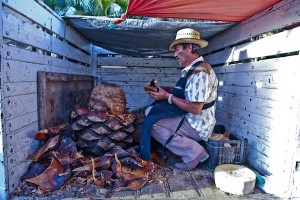

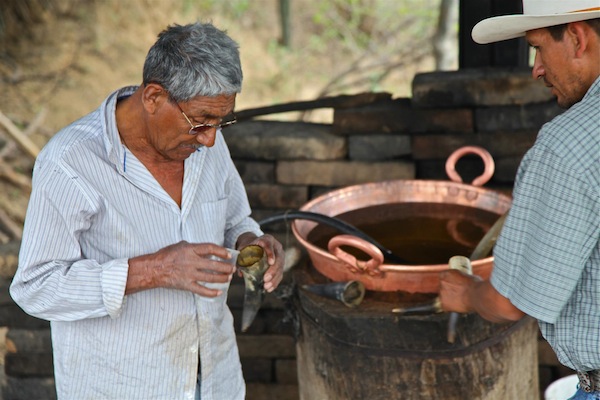

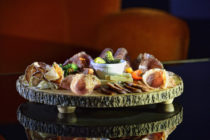





Follow Us